How to Choose the Perfect VR Motorbike Simulator for Your Business Needs
Table of Contents
- Understanding Your Business Goals for a VR Motorbike Simulator
- Key Features to Look for in a VR Motorbike Simulator
- Comparing Different VR Motorbike Simulator Brands and Models
- Assessing Your Space and Budget for VR Motorbike Simulators
- User Experience: Ensuring Engaging and Realistic Simulations
- Maintenance and Support: What to Expect After Purchase
- FAQS
- Conclusion
- Related Posts
In recent years, the virtual reality (VR) industry has experienced an explosive growth, with the global VR market projected to surpass $57 billion by 2027. Within this dynamic landscape, VR Motorbike Simulators have emerged as a popular choice for businesses seeking innovative entertainment solutions. As one of the earliest VR simulator manufacturers in China, Guangzhou Longcheng Electronic Co., Ltd., VART VR has been at the forefront of this revolution, leveraging years of expertise to cater to diverse client needs.

With a facility spanning 8,000 square meters and a dedicated team of over 60 professionals, VART VR excels in providing one-stop VR or cinema project solutions. As businesses look to invest in VR Motorbike Simulators, understanding the key factors that contribute to an optimal choice becomes paramount for maximizing user engagement and return on investment.
Understanding Your Business Goals for a VR Motorbike Simulator
When considering a VR motorbike simulator for your business, the first step is to clearly define your business goals. Whether you're looking to enhance training programs, attract customers, or provide entertainment, your objectives will guide your selection process. For instance, if your primary aim is to offer immersive training for motorbike riders, you should prioritize simulators that focus on realistic physics, road conditions, and interactive scenarios. This ensures that your trainees gain practical skills while experiencing a safe environment.
Moreover, understanding your target audience plays a crucial role in making the right choice. If your clientele consists mainly of recreational riders, then features such as customizable bikes and engaging landscapes may take precedence. Conversely, for a business focused on the commercial training of new riders, the accuracy and reliability of the simulator's performance data should be at the forefront. Aligning the simulator’s capabilities with your business vision not only secures a high return on investment but also enhances customer satisfaction and engagement.
Key Features to Look for in a VR Motorbike Simulator
When selecting a VR motorbike simulator for your business, it's essential to focus on key features that cater to your specific needs. One of the most crucial aspects is the realism of the simulation. Look for high-fidelity graphics and physics engines that replicate real-world biking experiences. This includes accurate representations of different terrains, weather conditions, and bike handling to create an immersive environment for users. The more lifelike the experience, the more likely it will engage participants and enhance their skills.
Another critical feature is customization options. A versatile simulator allows you to modify various parameters such as bike models, speed, and difficulty levels. This adaptability is particularly beneficial for catering to different skill levels, whether you're targeting beginners or seasoned riders. Additionally, consider the user interface and ease of operation, as a straightforward setup enables smooth integration into your existing business operations. Investing in a simulator that supports multiplayer or competitive modes can also elevate user engagement and create exciting social interactions among participants, making your business stand out in the market.
Key Features to Look for in a VR Motorbike Simulator
The following chart illustrates the importance of various features when selecting a VR motorbike simulator for business needs, based on industry feedback.
Comparing Different VR Motorbike Simulator Brands and Models
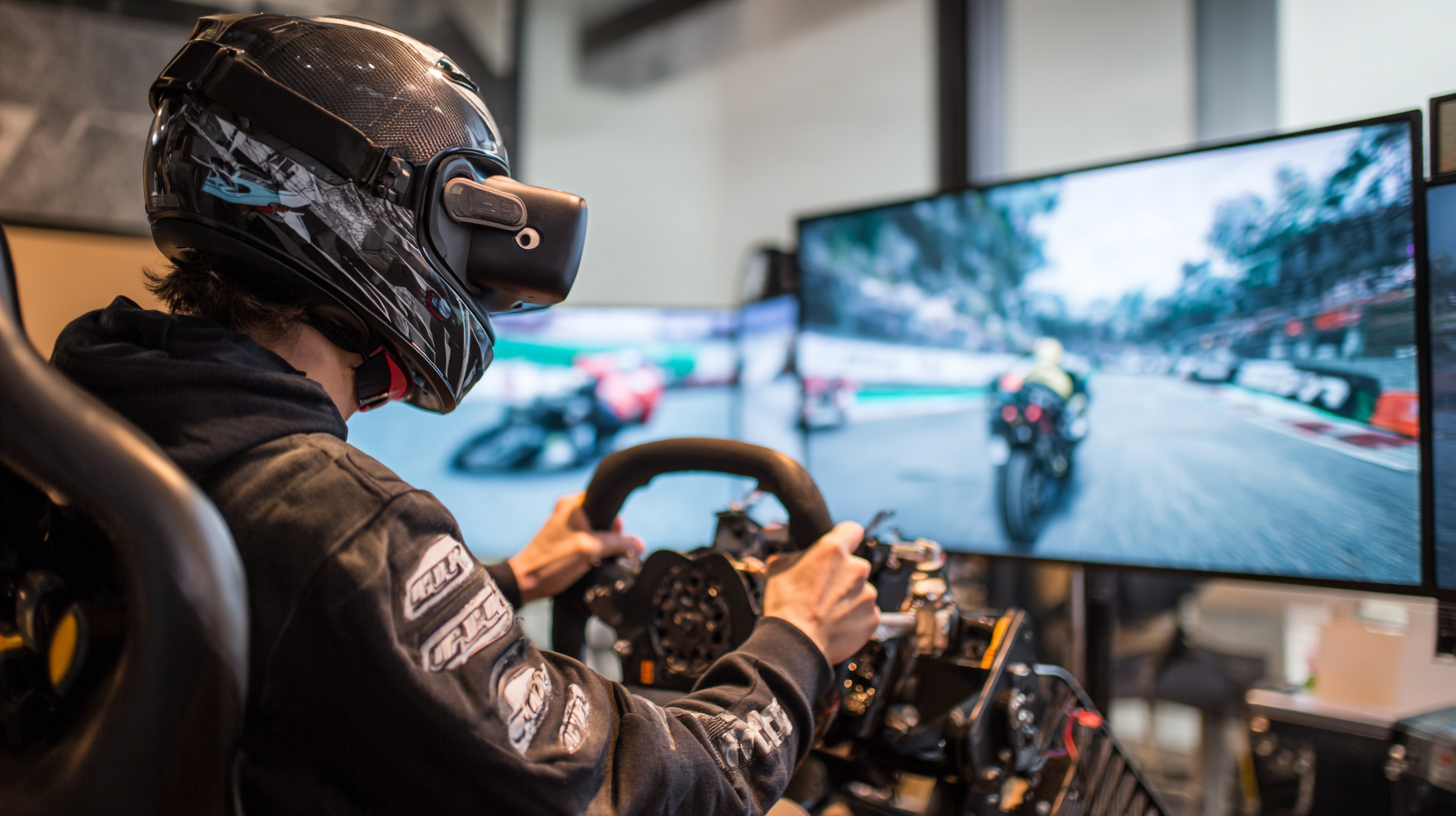 When it comes to selecting the right VR motorbike simulator for your business, understanding the differences between brands and models is essential. Each company offers unique features, catering to various requirements ranging from entertainment to training. Brands like HTC and Oculus stand out for their high-fidelity graphics and immersive experiences, making them ideal for entertainment venues. On the other hand, companies focusing on training simulators, such as MotoTrainer, emphasize realistic handling and scenarios to prepare riders for real-world situations.
When it comes to selecting the right VR motorbike simulator for your business, understanding the differences between brands and models is essential. Each company offers unique features, catering to various requirements ranging from entertainment to training. Brands like HTC and Oculus stand out for their high-fidelity graphics and immersive experiences, making them ideal for entertainment venues. On the other hand, companies focusing on training simulators, such as MotoTrainer, emphasize realistic handling and scenarios to prepare riders for real-world situations.
Evaluating key factors such as display quality, field of view, and motion tracking can help in making the right choice. For example, some models offer advanced haptic feedback systems to simulate the sensation of riding on different terrains, while others might provide adjustable settings for user comfort. Furthermore, consider the content library available for each simulator, since a diverse range of games and training modules can enhance user engagement and satisfaction. By comparing the features of different brands and models, you’ll be better positioned to find a VR motorbike simulator that aligns with your specific business needs.
Assessing Your Space and Budget for VR Motorbike Simulators
When considering the purchase of a VR motorbike simulator, assessing your space and budget is crucial. The growing interest in immersive experiences has seen the global VR market projected to exceed $57.55 billion by 2027, according to a recent report from Fortune Business Insights. This highlights the potential return on investment for businesses looking to capitalize on this burgeoning sector. However, understanding the spatial requirements of different simulators is vital. Many high-end models can occupy over 100 square feet, which necessitates an evaluation of your available space.
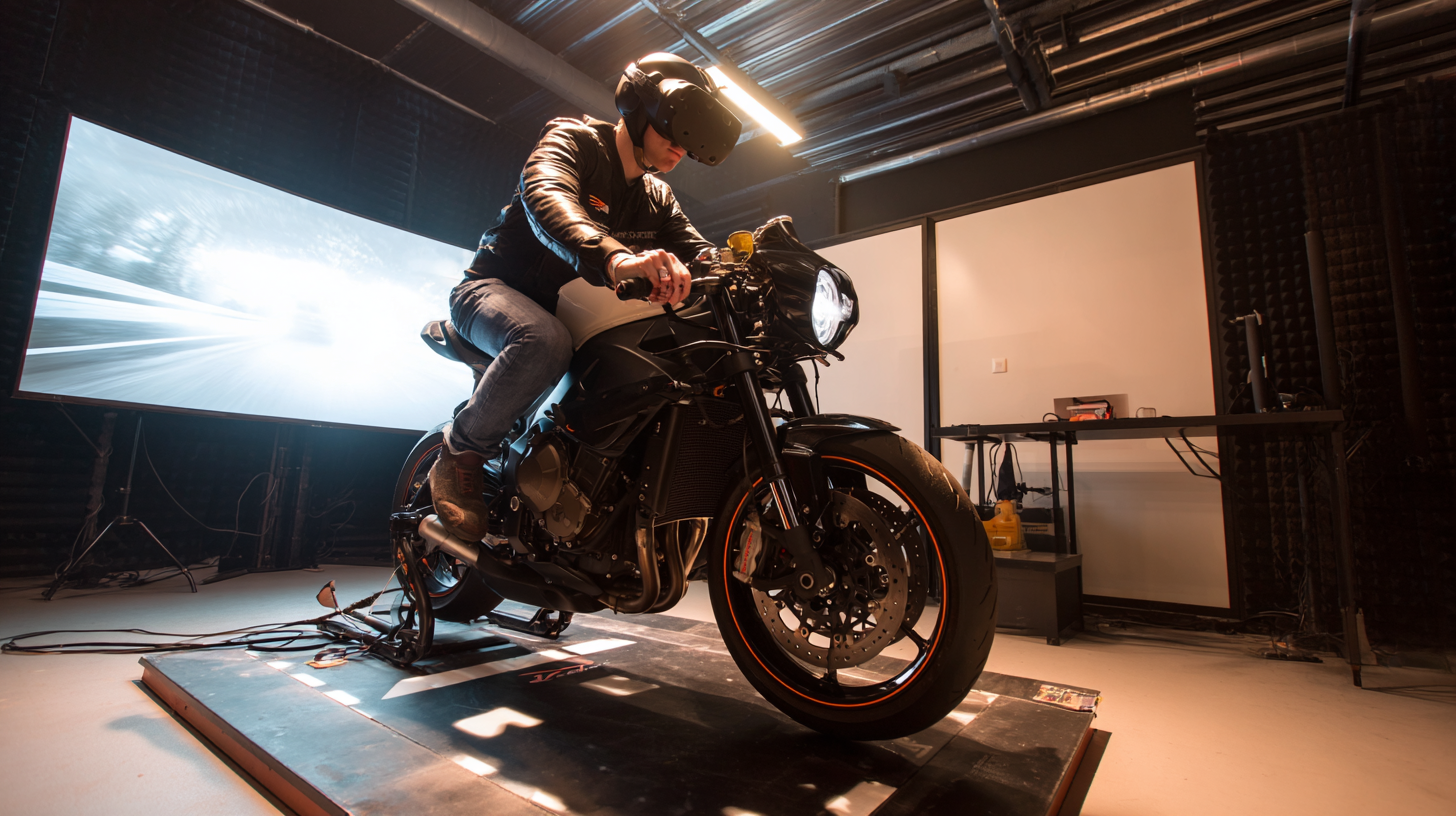
Budgeting plays an equally significant role in the decision-making process. The cost of VR motorbike simulators can range from $5,000 for entry-level options to upwards of $50,000 for advanced setups with superior graphics and motion feedback. A report by Research and Markets also emphasizes that businesses must account for ongoing costs such as maintenance, equipment updates, and software licensing. This comprehensive financial approach will ensure that your investment aligns not only with your space constraints but also with your overall business strategy and operational capabilities.
User Experience: Ensuring Engaging and Realistic Simulations
When selecting a VR motorbike simulator for your business, user experience should be at the forefront of your decision-making process. Engaging and realistic simulations have a direct impact on customer satisfaction and retention. According to a report by the International Data Corporation, immersive experiences can increase user engagement by up to 60%, making it essential to invest in technology that delivers a realistic ride. Customers are likely to return if they feel the thrill of the road and the precision of the controls.
Furthermore, a study by PwC found that 82% of users prefer VR experiences that simulate real-world interactions. This highlights the importance of incorporating features like haptic feedback and realistic soundscapes, which enhance the sensory experience and increase immersion. By focusing on empathetic design, businesses can create simulations that not only entertain but also educate users about safe riding practices, thus fulfilling both leisure and safety objectives. In today's competitive market, providing an engaging VR experience can set your business apart and contribute significantly to overall success.
Maintenance and Support: What to Expect After Purchase
When investing in a VR motorbike simulator for your business, understanding the maintenance and support you can expect after purchase is crucial. According to a recent report by Market Research Future, the global VR simulator market is projected to grow by 26% annually, highlighting the increasing demand for reliable and immersive experiences. As businesses navigate this evolving landscape, ensuring consistent performance through excellent after-sales support becomes a key consideration.
Tips: Always inquire about the warranty and service packages that come with your simulator. Many manufacturers offer service-level agreements (SLAs) to guarantee timely troubleshooting and maintenance, which can significantly minimize downtime and enhance user experience.
Additionally, routine maintenance is essential for the longevity of your VR simulator. A study from the International Journal of Engineering Research showed that regular maintenance can improve equipment lifespan by up to 30%. Look for providers that offer comprehensive training or resources for your staff, ensuring they can handle minor technical issues independently, which can save you both time and money.
FAQS
: Key features include realism in graphics and physics, customization options for different bike models and difficulty levels, user-friendly interfaces, and multiplayer capabilities to enhance user engagement.
Realism is crucial as high-fidelity graphics and accurate physics replicate real-world biking experiences, which enhances user engagement and skill development.
Businesses must evaluate the spatial requirements of different simulators, as many high-end models can require over 100 square feet.
The cost can vary significantly, ranging from around $5,000 for entry-level options to over $50,000 for advanced models with superior features.
Yes, businesses should account for ongoing expenses such as maintenance, equipment updates, and software licensing in addition to the initial purchase price.
Providing engaging and realistic simulations can significantly increase customer satisfaction and retention, with immersive experiences boosting user engagement by up to 60%.
Features like haptic feedback and realistic soundscapes enhance sensory experiences and immersion, allowing users to feel a more authentic ride.
A large percentage of users prefer VR experiences that simulate real-world interactions, indicating that aligning features with user expectations can improve satisfaction.
Simulations can teach safe riding practices while providing entertainment, serving both leisure and educational purposes.
Multiplayer and competitive modes can foster social interactions among participants, increasing engagement and making the business more appealing in the market.
Conclusion
Choosing the perfect VR motorbike simulator for your business involves several crucial steps. First, it's essential to understand your specific business goals, as this will guide your selection process. When evaluating different models, look for key features such as graphics quality, user interaction, and hardware compatibility. It's also important to compare various brands and models to find the right fit that meets your unique requirements.
Additionally, assess your available space and budget to ensure that the VR motorbike simulator will be a viable investment. Focusing on user experience is vital; the simulator should provide engaging and realistic simulations to attract and retain customers. Finally, consider the maintenance and support that will be available post-purchase, as this can greatly impact the longevity and performance of your VR motorbike simulator. With the right approach, you can select a high-quality simulator that enhances your business offerings and maximizes customer enjoyment.
Related Posts
-

How to Experience Thrills with Vr Flight Games Through Immersive Simulation
-
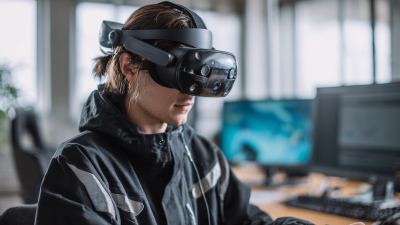
Understanding Challenges Faced by Users of Vr Equipment in Various Industries
-
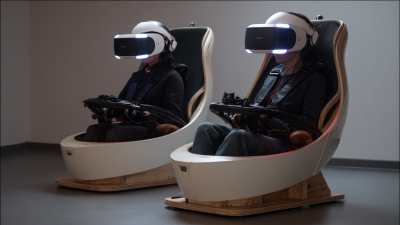
The Future of Immersive Experiences with VR Chairs
-
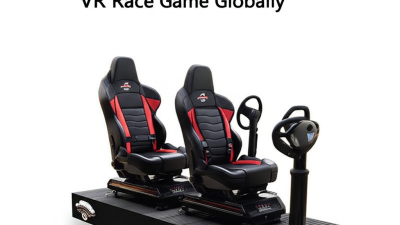
From China's Leading Factory The Trusted Source for the Best VR Race Game Globally
-
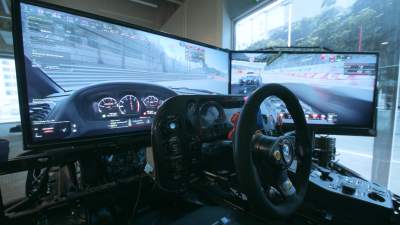
The Future of Immersive Racing Game Simulators and Their Impact on Gaming Experience
-

What Makes VR Arcades a Revolutionary Experience in Entertainment

